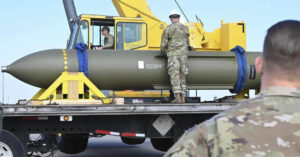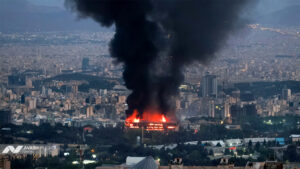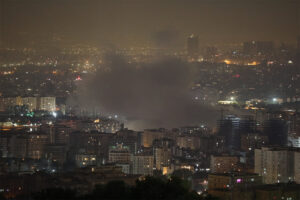It has been quite the week-end in the Middle East, and things are just getting started.
On Jan 2nd, Saudi Arabia executed 47 Shia dissidents including cleric Nimr al-Nimr. Rhetoric from Shia-dominated Iran flowed fast and furious within minutes, with protestors setting fire to the Saudi embassy in Tehran. In retaliation the Saudis severed diplomatic ties with Iran the following day.
Despite a year of weak prices, shale output has continued to ratchet up in the United States. That, plus a mix of trade and demographic shifts as well as a long-overdue strategic realignment in the aftermath of the Cold War and the Iraq war, is nudging the United States away from actively managing the Middle East. Without the … calming effect of U.S. active involvement in the region, there is nothing to prevent Saudi and Iranian regional fears and ambitions from colliding. And so they are.
Saudi Arabia and Iran have now faced off on opposite sides in blood feuds in Syria, Lebanon, the Palestinian Territories, Yemen, and Afghanistan. Both have attempted to keep the conflict one of the cold or proxy variety.
The Persian Gulf
The execution of al-Nimr indicates that this at-arm’s-length strategy is now changing. Iran has long encouraged rebellion among the Saudis’ Shia minority in the country’s Eastern Province, with attempts to foment Shia unrest – like al-Nimr’s dissidence – as one of their chief tools.
Al-Nimr’s execution and the severing of relations indicate that the Saudis, at least, are ready for the conflict’s next stage. It’s unlikely that the rest of the world is: Eastern and Khuzestan, unfortunately, are home to the bulk of the two country’s oil production facilities.






